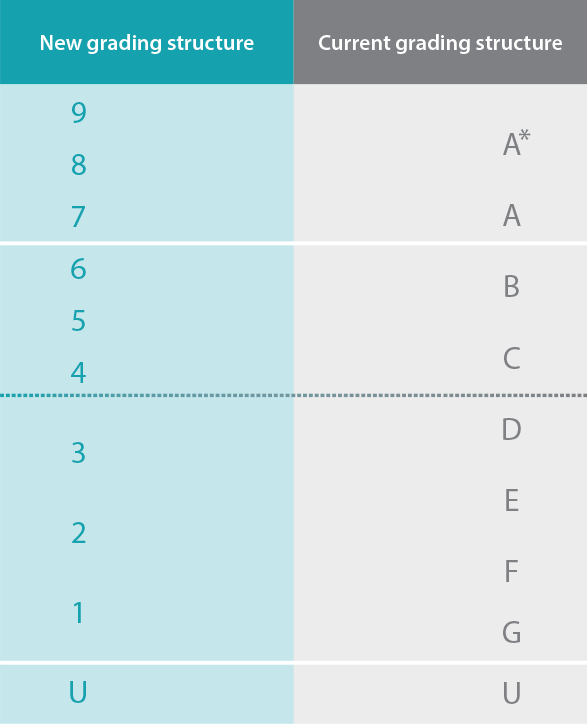
GCSE Grade boundaries explained
Ranging from 1-9, GCSE grade boundaries are tied to a set minimum GCSE score.
In other words, to move from one boundary to the next, a certain number of GCSE test points are needed. With this, a set boundary needs to be reached to result in an acceptable pass.The boundary system, set by national exam boards, is used by all subjects. That said, each exam board and subject have different GCSE test score boundaries. In addition, the exam boards adapt grade boundaries every year.
Paying attention to GCSE grade boundaries is important for your child’s academic and professional potential. Aiming for the highest possible number will ensure maximum opportunities in the future.
To help you prepare, we offer GCSE resources. They can be accessed anywhere, and provide a boost in maths, biology, chemistry, physics, and English. Click here to learn more.
With that covered, read on below to learn more about the following topics.
-
What are the GCSE grade boundaries?
-
What GCSE grade boundary is a pass?
-
Who determines GCSE grade boundaries?
-
How are grade boundaries set?
-
Why update each year?
What are the GCSE grade boundaries?
As mentioned above, a GCSE test score minimum corresponds to each grade boundary and corresponds to traditional A*-G letter grades.
How do the new 1-9 grades relate to the old A* - G ones?

Source: Ofqual
What GCSE grade boundary is a pass?
When consulting the chart in the previous section, you’ll notice that grade boundary 4 is a standard pass, and 5 is a strong pass. Of course, this is the bare minimum and aiming for a 6 or above is encouraged. In fact, many sixth forms won’t accept students with lower than a 6.
It's also worth noting that a 3 or below will result in a required resit for maths and English.
Who determines GCSE grade boundaries?
The national exam boards determine GCSE grade boundaries. These are Edexcel, AQA, OCR, and WJEC.
Each exam board has their own minimum GCSE test score for each grade boundary. This is because they each use different approaches for assessment.
How are grade boundaries set?
To determine grade boundaries, each exam board evaluates performance year over year and aligns minimum scores with testing difficulty. This means they assess the content of each subject and make sure it’s not harder to achieve a certain grade boundary than previous exams.
The grade boundary system was set to ensure that universities can better assess a student’s performance. This is reflected in the chart where A* and A are divided by three boundaries.
Why update each year?
As you might imagine, having grade boundaries set each year poses a challenge when trying to determine minimum GCSE subject test scores. To provide as much transparency as possible, grade boundaries are released on GCSE test results day. In addition, the previous year’s boundaries are accessible online for each exam board.
Also, while it may seem logical to use the same boundaries each year, there’s a reasoning why it’s done this way. In addition to changing content, there are other factors which influence grade boundaries. For example, GCSE grade boundaries in 2021 and 2022 reflected the impact of the COVID-19 pandemic. The goal is to ensure maximum fairness each year.
Preparing your child for GCSE exams
We hope this article helps provide a brief explanation as to the importance of GCSE grade boundaries.